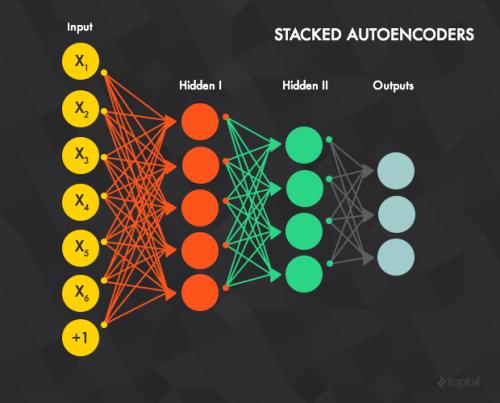We consider the classical \emph{spherical} perceptrons and study their capacities. The famous zero-threshold case was solved in the sixties of the last century (see, \cite{Wendel62,Winder,Cover65}) through the high-dimensional combinatorial considerations. The general threshold, $\kappa$, case though turned out to be much harder and stayed out of reach for the following several decades. A substantial progress was then made in \cite{SchTir02} and \cite{StojnicGardGen13} where the \emph{positive} threshold ($\kappa\geq 0$) scenario was finally fully settled. While the negative counterpart ($\kappa\leq 0$) remained out of reach, \cite{StojnicGardGen13} did show that the random duality theory (RDT) is still powerful enough to provide excellent upper bounds. Moreover, in \cite{StojnicGardSphNeg13}, a \emph{partially lifted} RDT variant was considered and it was shown that the upper bounds of \cite{StojnicGardGen13} can be lowered. After recent breakthroughs in studying bilinearly indexed (bli) random processes in \cite{Stojnicsflgscompyx23,Stojnicnflgscompyx23}, \emph{fully lifted} random duality theory (fl RDT) was developed in \cite{Stojnicflrdt23}. We here first show that the \emph{negative spherical perceptrons} can be fitted into the frame of the fl RDT and then employ the whole fl RDT machinery to characterize the capacity. To be fully practically operational, the fl RDT requires a substantial numerical work. We, however, uncover remarkable closed form analytical relations among key lifting parameters. Such a discovery enables performing the needed numerical calculations to obtain concrete capacity values. We also observe that an excellent convergence (with the relative improvement $\sim 0.1\%$) is achieved already on the third (second non-trivial) level of the \emph{stationarized} full lifting.
翻译:暂无翻译



